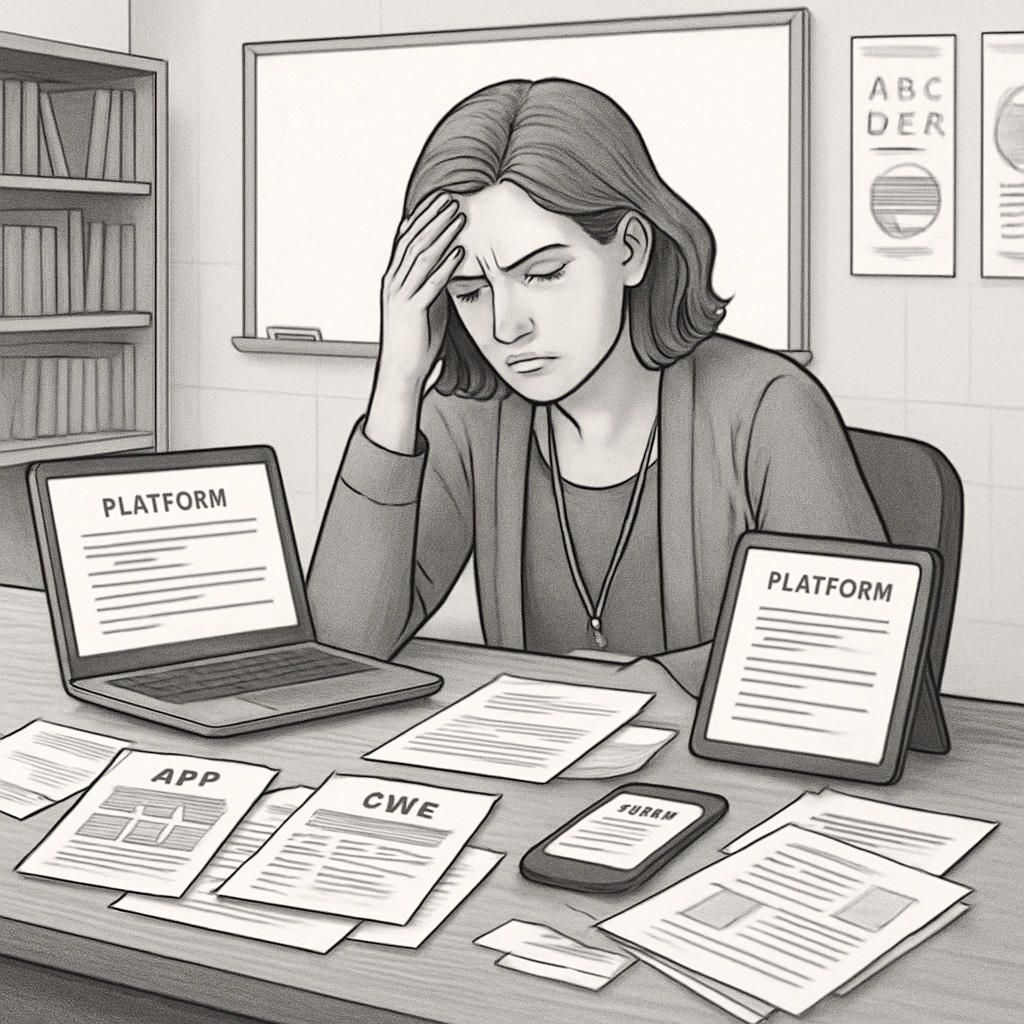Addressing education issues, tool needs, and everyday challenges in K12 classrooms has become a pressing priority for educators, parents, and policymakers alike. Despite the rapid growth of educational technology, significant gaps remain between theoretical solutions and the practical needs of teachers and students. This article delves into the pain points faced in K12 education, evaluates the limitations of existing tools, and introduces ideas for innovative solutions tailored to real-world classroom scenarios.
Everyday Challenges in K12 Education
K12 educators navigate a complex blend of academic, social, and administrative demands daily. Common challenges include:
- Limited personalization: Teachers often struggle to adapt lessons to diverse learning styles due to time constraints and resource limitations.
- Administrative overload: Managing attendance, grading, and parent communication consumes valuable teaching time.
- Student engagement: Maintaining student interest in an increasingly digital world is a growing concern.
- Access disparities: Students from underserved communities face barriers to technology and resources.
These challenges highlight the need for tools that are intuitive, time-saving, and inclusive. However, many existing solutions fall short of these requirements.

Analyzing Current Tool Limitations
While digital tools have revolutionized aspects of education, they often fail to fully integrate into daily teaching practices. Key limitations include:
- Complex interfaces: Many platforms require extensive training, which discourages adoption.
- Fragmented ecosystems: Tools for grading, lesson planning, and communication often operate independently, causing inefficiencies.
- Lack of adaptability: Pre-designed tools may not cater to unique classroom dynamics, leaving educators with rigid solutions.
For example, studies from Britannica highlight the challenges of implementing technology in classrooms without adequate training or infrastructure. Addressing these gaps requires a shift toward solutions that prioritize user experience and integration.

Innovative Solutions: Bridging Gaps Between Tools and Teaching
To create impactful tools that address education issues, tool needs, and everyday challenges, developers and educators must collaborate closely. Here are some key innovations that could transform K12 education:
- Unified platforms: Tools that combine lesson planning, grading, and communication into a single interface to streamline workflows.
- AI-driven personalization: Adaptive learning systems that dynamically adjust content based on individual student progress.
- Gamification: Introducing game mechanics to enhance student engagement and motivation.
- Offline compatibility: Solutions that work seamlessly in low-connectivity environments to reduce access disparities.
For example, incorporating AI into personalized learning tools has been shown to improve outcomes by tailoring lessons to student needs (Educational technology on Wikipedia).
By integrating these innovations, the K12 sector can better align technology with the realities of modern classrooms, empowering teachers and students alike.
Readability guidance: Use concise paragraphs and lists to summarize key points. Incorporate transition words like however, therefore, and for example to enhance flow.


